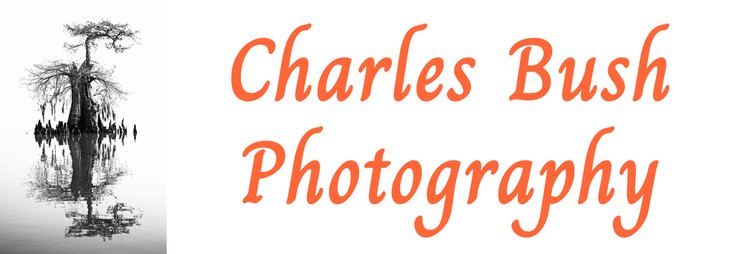Last week I covered shooting in the same focal plane to allow making a sharp image of multiple or large objects. This week I offer a work around where that is not possible or desireable.
The shot above is a similar shot to last weeks. As before the front duck is closer to the camera than the rear one. As you can see below, without focus stacking, the rear duck does not appear sharp, particularily on its' back. At larger sizes the whole duck appears soft. The camera is 3 feet away from the nearest duck and is set at f\11. Looking at a depth of field chart, depth of field is approximately 1 inch and from the front of the first duck to the furthers point on the second duck is about 4 inches.
Toy Duck photographed without focus stacking
Focus stacking is accomplished by taking multiple shots at varying focus points and then using software in post processing to form a composite image with the sharpest selections displayed.
For this photograph, I did 4 shots, manually focusing from just behind the front of the first duck to just in front of the rear of the second.
There are several options to make the stack. The frist is to use photoshop. To do this you open each image on a layer of the same file then select all of the layers and under the edit menu select auto align layers. After that task is complete, select auto blend layers from the edit menu. For most simple situations, such as this one, this works quite well.
For more complex projects, there are several good tools available. The one I use is Zerene Stacker which does a very good job and has a very good editing feature that allows you to touch up problem spots.
Focus Stacks can also work well for landscape photography, with a couple of limitations.
The scene below is similar to one featured several weeks ago. Except in this case I used a 50mm lens set at f\11. The Hyperfocal distance in this case is around 60 feet, set there things will appear sharp from about 30 to infinity. The Spanish Moss in the foreground is about 7 feet away. Clearly this is not going to yield a sharp image. Again I used focus stacking, five shots, manually focused from the foreground to the background, and merged them with Zerene Stacker.
As I mentioned before there are a couple of serious limitation with this technique.
- I doesn't work with objects that are moving. In this scene here there was a pesky squirell that showed up in two places and had to be cloned out. With major amounts of movement the images simply will not properly align.
- Exposure must remain constant. Passing clouds will really mess up the results.
- Both the shoot itself and the post processing is time consuming.
However, in many cases the technique works quite well and enables getting a good shot which seems impossible.
